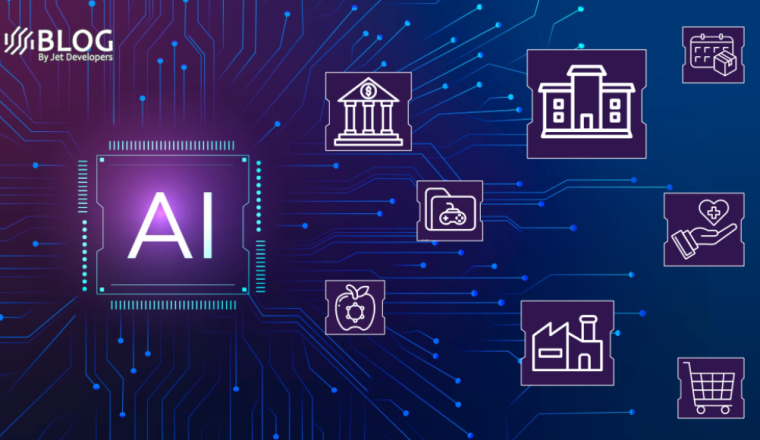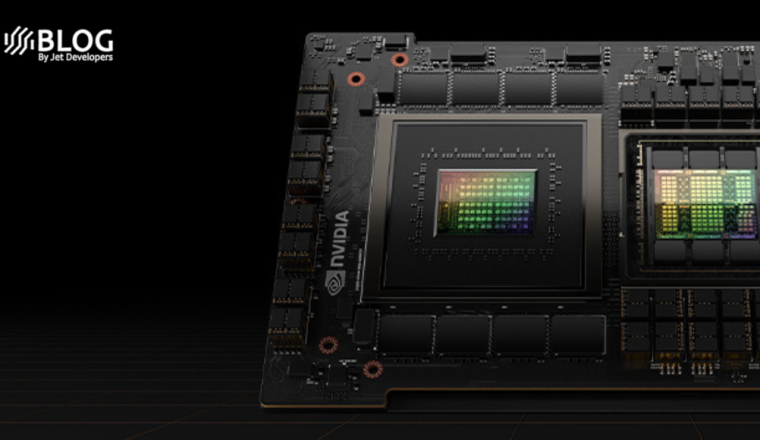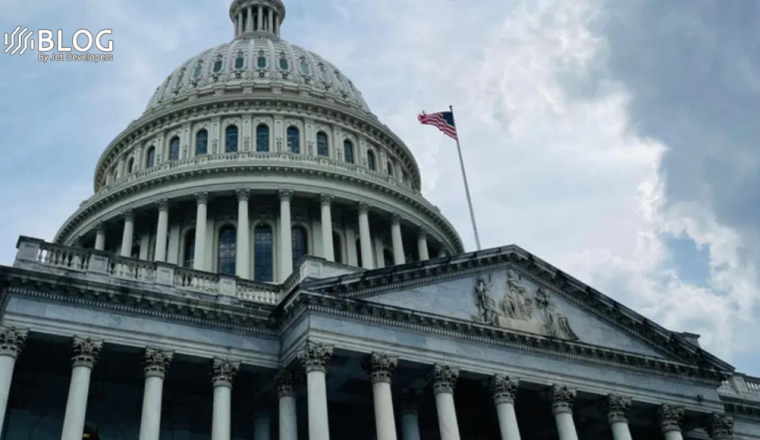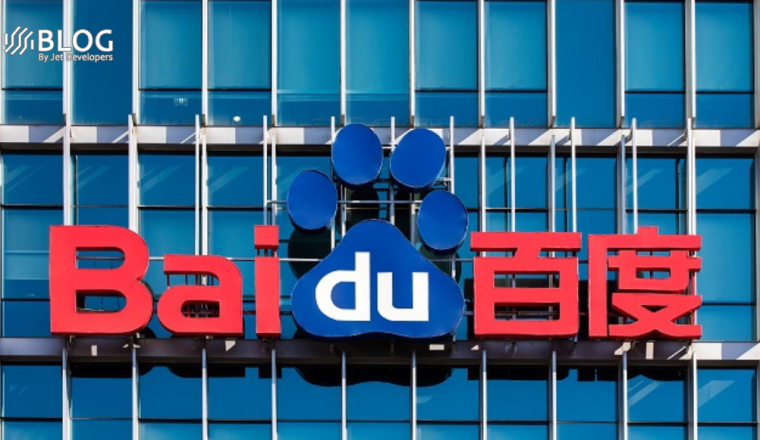AI Revolution: Unleashing Transformative Power Across Industries
The development of artificial intelligence (AI) has witnessed an undeniable surge in recent months. The emergence of groundbreaking technologies such as large language models (LLMs) like GPT-4, capable of astonishing cognitive feats like excelling on the Uniform Bar Examination, and ASR platforms like ASAPP, achieving remarkable accuracy rates of 98.25%, underscores the relentless pace of progress in the AI domain. It is evident that the trajectory of AI advancement will only continue to accelerate.
The rapid strides in AI have prompted concerns, with a petition garnering over 27,000 signatures advocating for a moratorium on AI system training. Leading AI researchers, intellectuals, and entrepreneurs have expressed the need for caution when dealing with such potent technology. However, the potential benefits offered by AI are so immense that we are on the brink of witnessing widespread adoption across a multitude of industries and sectors.
The competitive advantages bestowed by AI will expedite its adoption rate, ultimately leading to the technology’s deep integration within the daily operations of countless companies. This transformative shift will fundamentally reshape the distribution of market share, redefine the availability of products and services to customers, and revolutionize how companies position themselves in the global landscape.
As AI continues to evolve, its utilization will become increasingly tailored to specific sectors and use cases, making it an integral part of numerous industries. The implications of this widespread adoption are far-reaching, as AI-driven systems will permeate every aspect of business operations, enabling organizations to unlock unprecedented efficiencies, insights, and opportunities.
The future holds a landscape where AI’s impact is not limited to a select few pioneering companies but becomes the norm across industries. Embracing AI will become a strategic imperative for businesses seeking to remain competitive in this rapidly evolving digital era.
Why AI Adoption Will Be Rapid and Widespread
Intelligence is the most powerful and dynamic resource we have — it’s an engine of innovation, it can be put toward unlimited purposes, and in the case of AI, it even has the potential to be recursively self-improving. One of the reasons AI has generated so much anxiety is the fact that it exhibits the capacities human beings hold most dear: creativity, problem-solving and the ability to express ideas in a cogent and compelling way. However, it’s a mistake to overlook the ways AI and human intelligence complement each other.
Over the past several months, most media attention has been focused on LLMs as millions of people experiment with them and major companies like Google and Microsoft integrate the technology into their products. But AI is set to revolutionize countless other areas — a recent Gartner report considered the top five use cases in finance alone: demand/revenue forecasting, anomaly and error detection, decision support, POC revenue forecasting and cash collections. These use cases enable people to do their jobs more effectively. Revenue forecasting, for instance, allows company leaders to plan more strategically. Error detection helps employees avoid tedious manual analysis and backtracking.
Between 2017 and 2022, McKinsey reports that AI adoption more than doubled. Gartner found that 45% of executives say the publicity of ChatGPT led to an increase in AI investment, while 70% of companies are exploring generative AI. With more resources flowing into AI research and use cases growing all the time, this trend shows no sign of slowing down.
The expanding business case for AI
There’s a corollary to the ever-growing set of use cases for AI: Drastic improvements in business outcomes. According to a recent PwC survey, companies that have distinguished themselves as “AI leaders” are extracting significant value from the technology in many areas: increasing productivity through automation, improving decision-making and the customer experience, developing more innovative products and services, and enhancing employee experience and skills acquisition (this list only encompasses the top five outcomes).
Consider natural language processing (NLP): AI can now flawlessly convert speech to text, extract sentiment and meaning from huge volumes of consumer data and immediately provide credible responses to customers’ questions. The global call center market is expected to grow from almost $340 billion in 2020 to $496 billion in 2027, which is no surprise given the billions of dollars spent on these centers by major financial institutions, airlines and telecommunications companies. ASR platforms like ASAPP are dramatically improving automated communications, which will lead to much better customer experiences, efficiency gains and cost reductions (as companies won’t have to spend as much on human capital).
Companies are becoming more confident in their ability to predict the ROI they can secure from AI — 72% of AI leaders say they can confidently assess the ROI of current AI initiatives, while 59% say the same about initiatives planned for the next year. There’s no clearer sign that the business case for AI is becoming stronger by the day.
AI has become integral to more and more daily operations
Although we’re still years away from roads filled with fully autonomous vehicles and other elements of the AI-powered future that have long captured the public imagination, the breakthroughs of the past six months alone have demonstrated that it’s extremely difficult to predict just how quickly this field will develop. As AI and ML evolve in tandem with sweeping advances in robotics and automation, the economic impact will be tectonic.
Beyond the breadth of AI adoption across industries and sectors, companies will increasingly find that AI is integral to a growing range of functions. Everything from product development to operations to accounting, sales and pricing will be affected by AI, and companies will be divided into AI haves and have-nots.
Take hiring, for instance — 85% of companies that use AI for HR-related purposes say it helps them increase efficiency, while more than two-thirds report that it has improved the quality of applications for review. Speaking of human capital, there’s a global hiring boom in AI right now, which will give some companies a serious competitive advantage in the coming years while others fall behind.
AI will function as a turbocharger for many aspects of business, but companies won’t be able to leverage this performance boost if they continue to use cumbersome and overly complex legacy systems. Just as it wouldn’t make sense to strap a turbocharger onto a horse and buggy, it doesn’t make sense to deploy AI without the right supporting tech stack — from efficient workflow solutions to feature-rich and accessible customer-facing platforms (that is, your contact center UI).
The acceleration of AI innovation and adoption will catalyze soaring investments in the technology, and billions of dollars in valuations will shift as some companies use AI to drive competitive differentiation and others fail to keep pace. Companies that embrace AI will figure out new and productive ways to integrate it with their existing workforces, products, and operations — a head start today that will pay dividends tomorrow.












